
The Big Corona

Virtual Flight over Asteroid Vesta

Last Test Article for NASA’s SLS Rocket Departs Michoud Assembly Facility

A Solstice Night in Paris
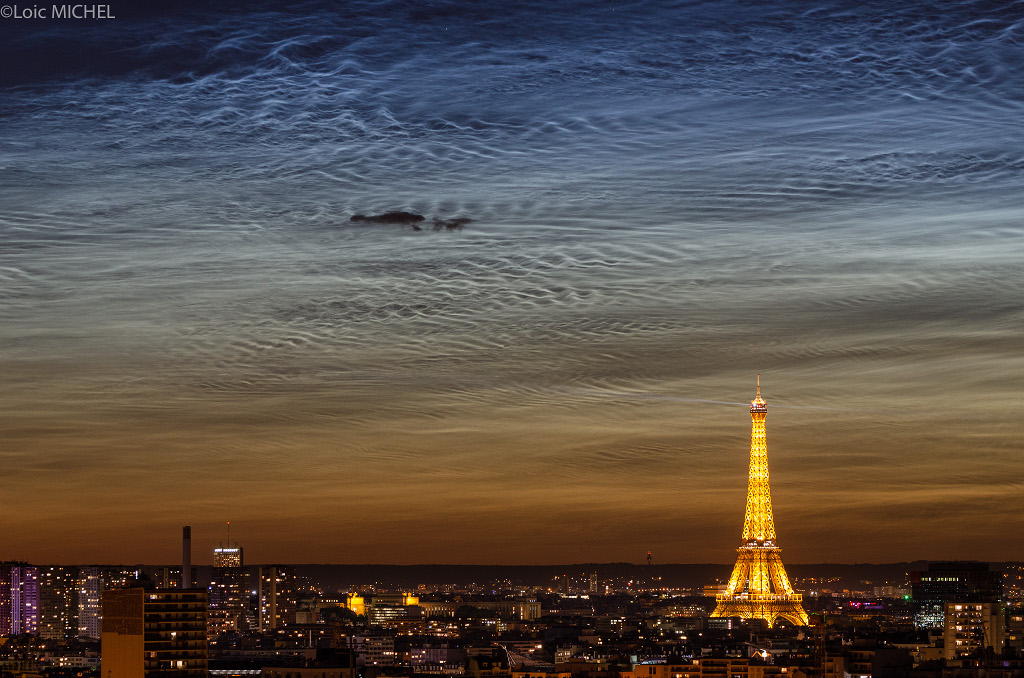
Tumultuous Clouds of Jupiter

Searching for Freshwater In Snowy Places

Expedition 59 Space Station Crew Lands Safely in Kazakhstan

Is CBD Harmful to Your Liver? The Answer Isn’t As Simple As You Might Think
Could CBD be harmful to the liver? A recent scientific study undertaken by the University of Arkansas for Medical Sciences points to yes. The study, published in the monthly scientific journal Molecules, exposed mice to a CBD-rich extract produced by GW Pharmaceuticals, according to Dr. Igor Koturbash of the University of Arkansas for Medical Sciences, […]
The post Is CBD Harmful to Your Liver? The Answer Isn’t As Simple As You Might Think appeared first on CBD Snapshot.
from CBD Snapshot http://bit.ly/2Xy1HdY
Preparing for the Expedition 59 Space Station Crew Landing

'Green' Alternative Fuel Set for First In-Space Test

Carina Nebula Panorama from Hubble
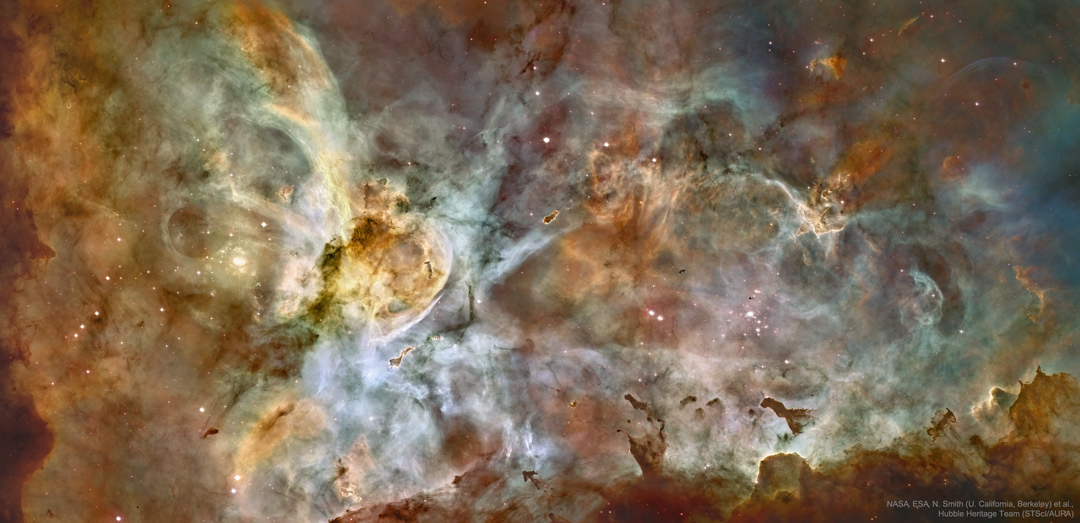
Ares 3 Landing Site: The Martian Revisited
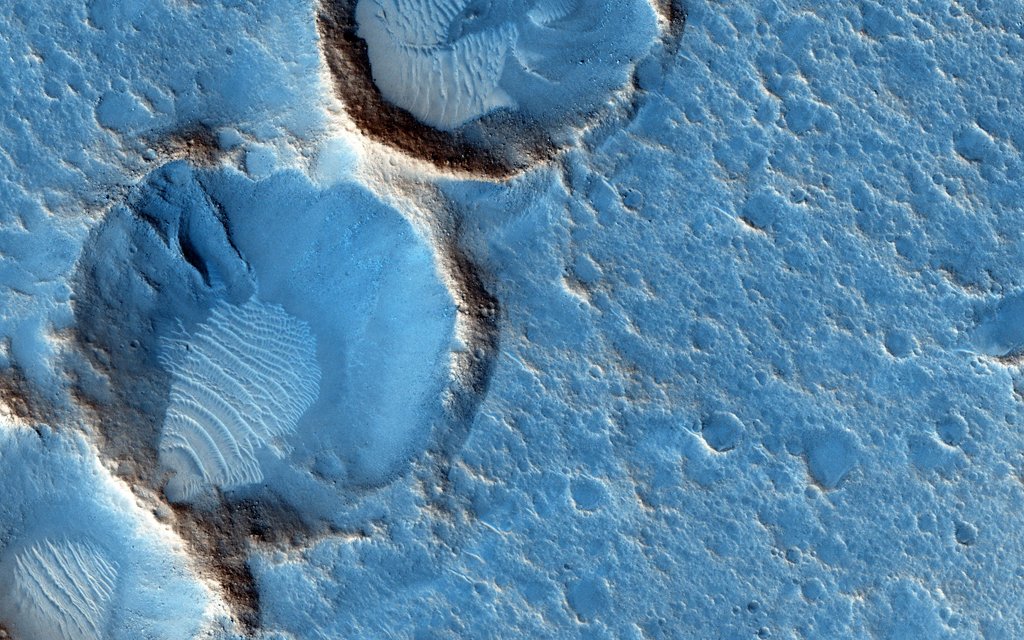
What Is the Entourage Effect?
One of the buzzy words floating around the CBD industry is something called the entourage effect. The theory is that the combination of the therapeutic compounds found in the hemp plant have different physical or psychological effects than a single compound would have on its own. This has made full-spectrum and broad-spectrum cannabidiol (CBD) extracts […]
The post What Is the Entourage Effect? appeared first on CBD Snapshot.
from CBD Snapshot http://bit.ly/2WWuc0n
Recipe: Chocolate Chia CBD Pudding
Have you heard of your endocannabinoid system? This system, better known as the ECS, is constantly working to help your body maintain homeostasis, or balance, at all times. Consuming CBD can be beneficial to help your ECS accomplish its goals, but we also can make cannabinoids on our own. They function just like CBD and […]
The post Recipe: Chocolate Chia CBD Pudding appeared first on CBD Snapshot.
from CBD Snapshot http://bit.ly/2XkfBQT
FDA Provides Consumer Update Amid Ongoing CBD Evaluation
The U.S. Food and Drug Administration (FDA) provided a new window into their investigation of CBD in the marketplace June 19, with a consumer update regarding the compound. The agency has made clear that though the product “seems to be available almost everywhere,” FDA has only approved one drug, Epidiolex, containing CBD for medical use. […]
The post FDA Provides Consumer Update Amid Ongoing CBD Evaluation appeared first on CBD Snapshot.
from CBD Snapshot http://bit.ly/2J2PrZu
Milestone Achieved as X-57 Mod II Takes Shape

Sunset Analemma
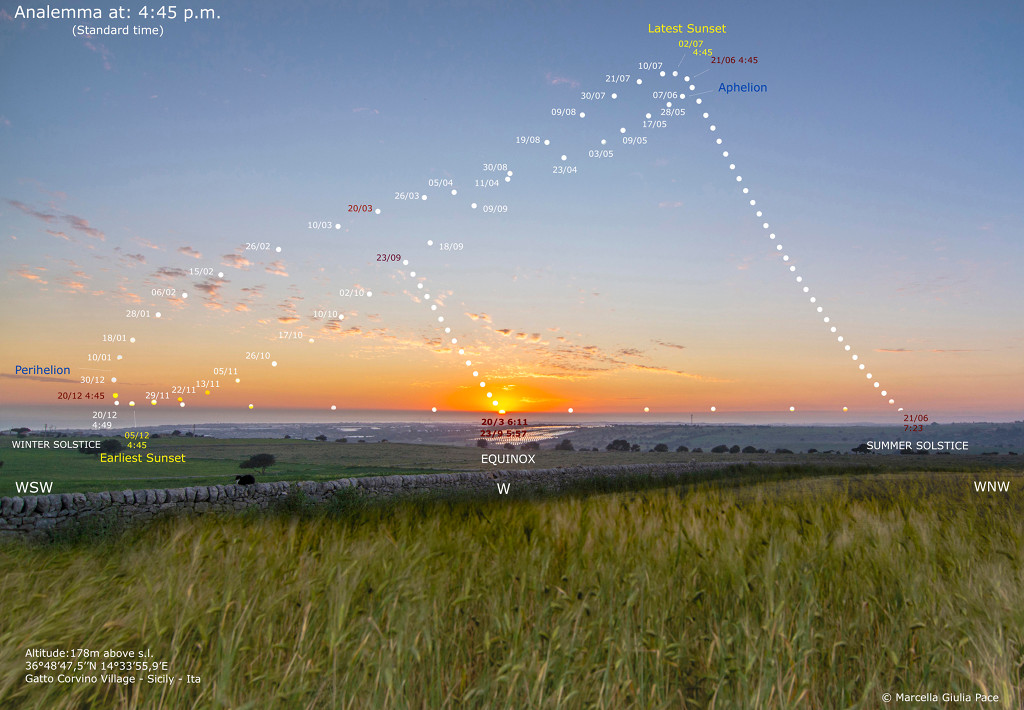
RockOn! and RockSat-C: Launching Student Experiments to Space

A View Toward M106

A Look Inside the X-59 QueSST Cockpit

Our Galaxys Magnetic Center
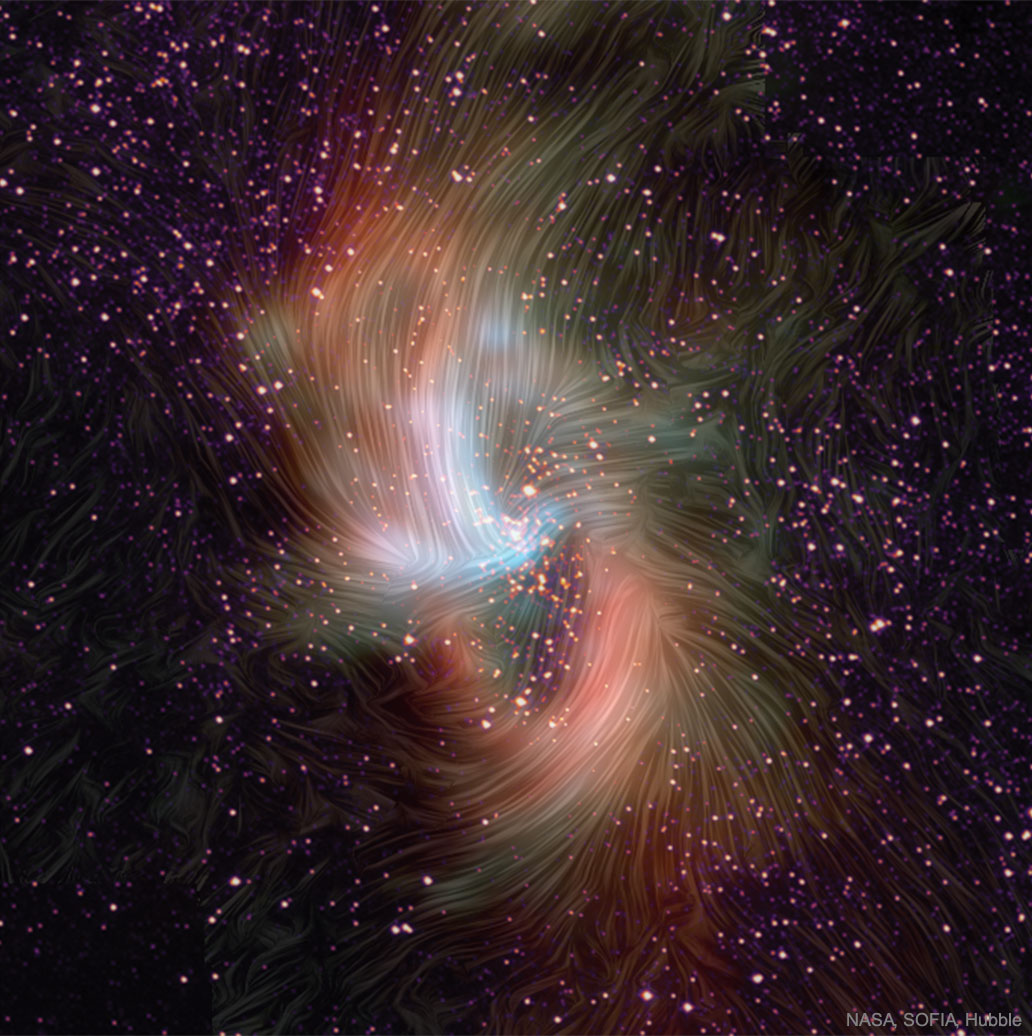
Countdown to Apollo 11

Strawberry Moon over the Temple of Poseidon

Storm Rages in Cosmic Teacup

Unusual Mountain Ahuna Mons on Asteroid Ceres
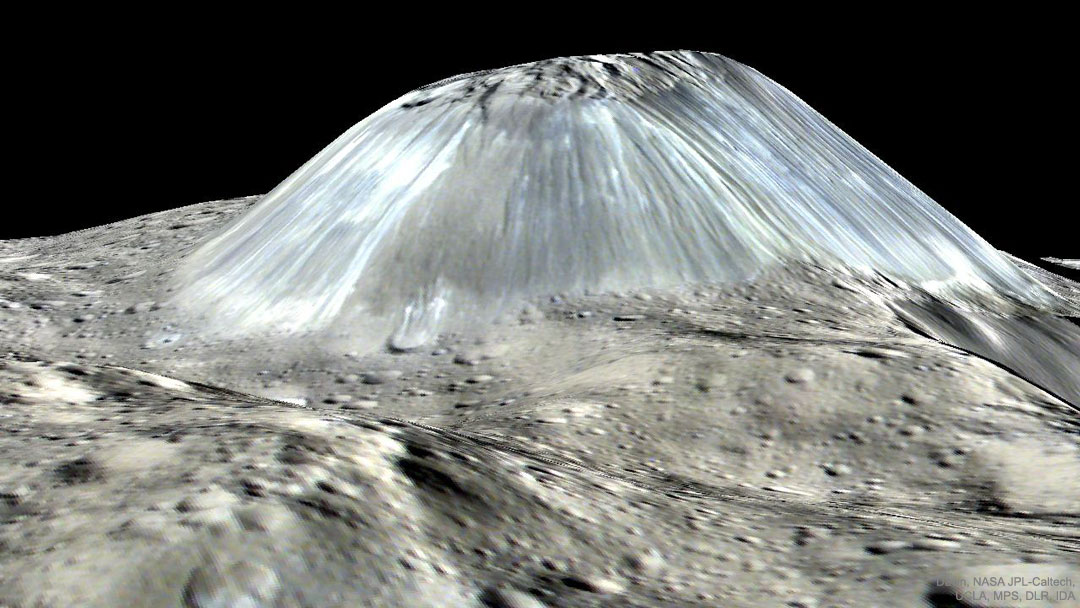
The Stars and Stripes in Space

New Texas Law Legalizes Hemp Production and Hemp-Derived CBD Products
Texas Governor Greg Abbott signed a bill into law on June 10 that legalizes hemp production and cultivation across the state. Texas’ move to legalize hemp is one of the many results of the 2018 Farm Bill, which authorized domestic hemp production. The U.S. currently relies heavily on imported hemp—the plant is now widely seen […]
The post New Texas Law Legalizes Hemp Production and Hemp-Derived CBD Products appeared first on CBD Snapshot.
from CBD Snapshot http://bit.ly/2WAg3WJ
Seeing an Aurora From the Space Station

How I Use CBD in My Daily Routine
As a dietitian it’s sort of expected that I live this incredibly healthy life. I wish I could tell you that’s true, but regardless of my profession, I’m still human. My goal for my clients (and myself too) is for them to feel their best every day. We focus on a few specifics to help […]
The post How I Use CBD in My Daily Routine appeared first on CBD Snapshot.
from CBD Snapshot http://bit.ly/2F1crqL
Unveiling Hidden Figures Way

Cannabinoids 101: A Beginners Guide
All plants contain active compounds called phytochemicals, which protects the plant, helps it to thrive and keep competitors, predators or pathogens in check. These same compounds are what often provide plants with their therapeutic effects and benefits, similarly helping ease symptoms and protect us against diseases. A special group of phytochemicals, called phytocannabinoids, have the […]
The post Cannabinoids 101: A Beginners Guide appeared first on CBD Snapshot.
from CBD Snapshot http://bit.ly/2MIRKGc
Recipe: Tropical CBD Smoothie
We have this awesome system in our body called the endocannabinoid system, better known as the ECS. Its main job is to help the body maintain homeostasis, which is what keeps your body and all its complex systems running well. CBD helps support the ECS, which is why CBD could help with a variety of […]
The post Recipe: Tropical CBD Smoothie appeared first on CBD Snapshot.
from CBD Snapshot http://bit.ly/2KbpfPq
Astronaut Serena Auñón-Chancellor at Excel Academy In Washington, D.C.

Mature Galaxy Mesmerizes in New Hubble View

On the Beach with Mars

Venus at Sunrise From the Space Station

Forecasting D-Day

Learn More About CBD
CBD DEMYSTIFIED – With increased popularity and attention around CBD comes both documented research and troubling misconceptions. The onslaught of information, whether fact or fiction, adds a level of complexity when attempting to learn more about CBD and its potential health benefits. At CBD Snapshot, we hope to provide clarity to those misconceptions and provide […]
The post Learn More About CBD appeared first on CBD Snapshot.
from CBD Snapshot http://bit.ly/2Kuvuxi
Chandra Detects a Coronal Mass Ejection From Another Star

The Interstellar Clouds of Orion
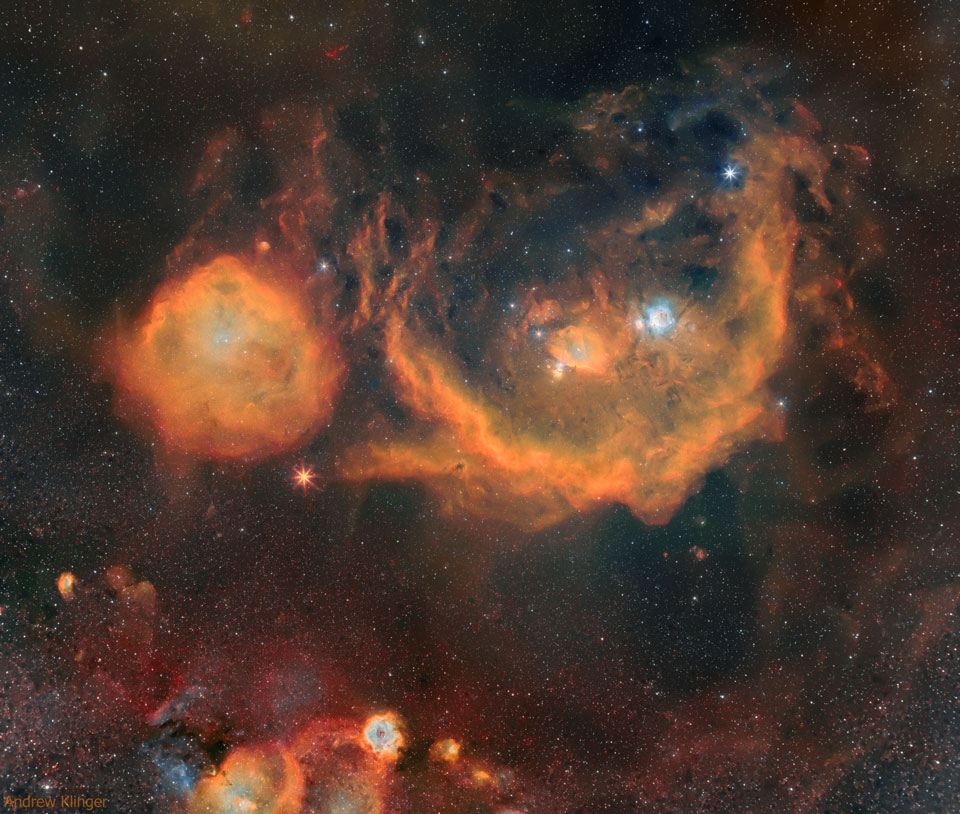
Orion’s AA-2 Flight Test Article Stacks Up!

SEIS: Listening for Marsquakes
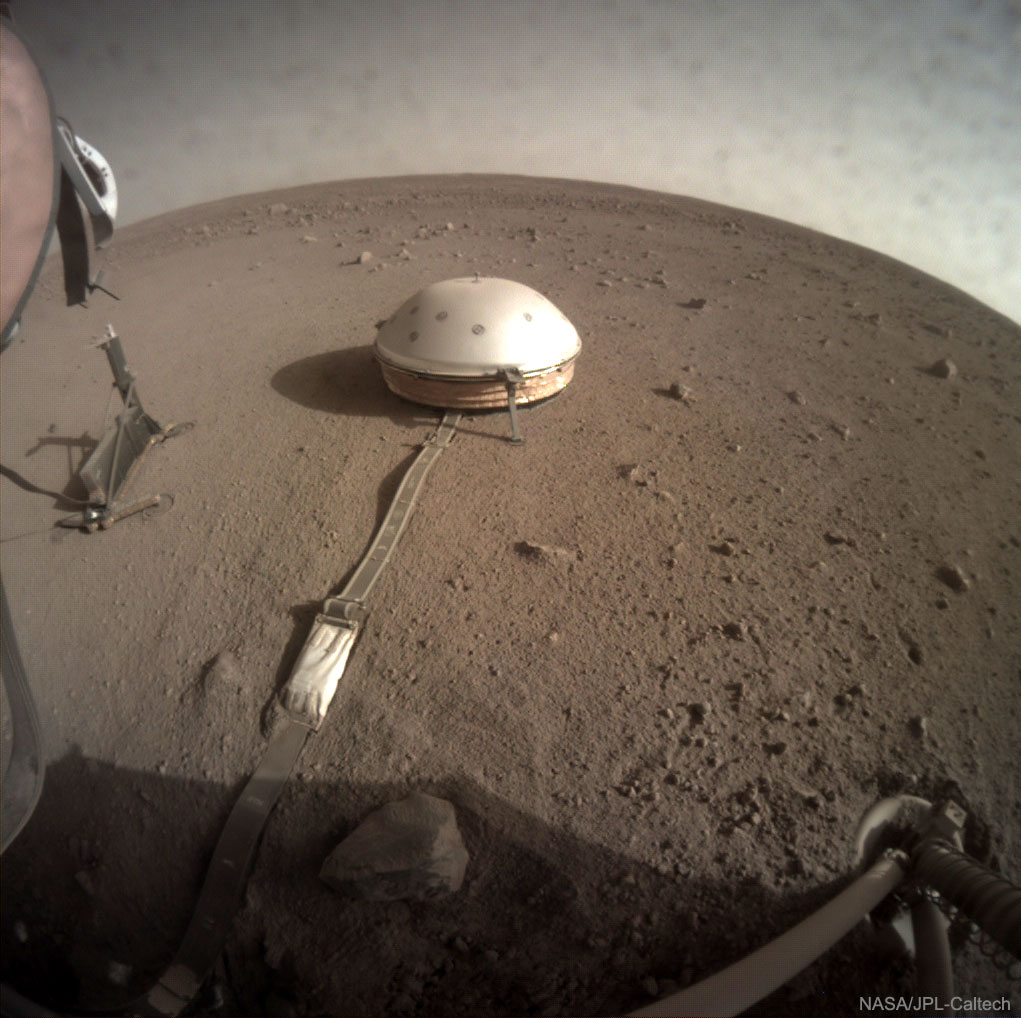
NASA Selects First Commercial Moon Landing Services for Artemis Program

Stephan's Quintet from Hubble
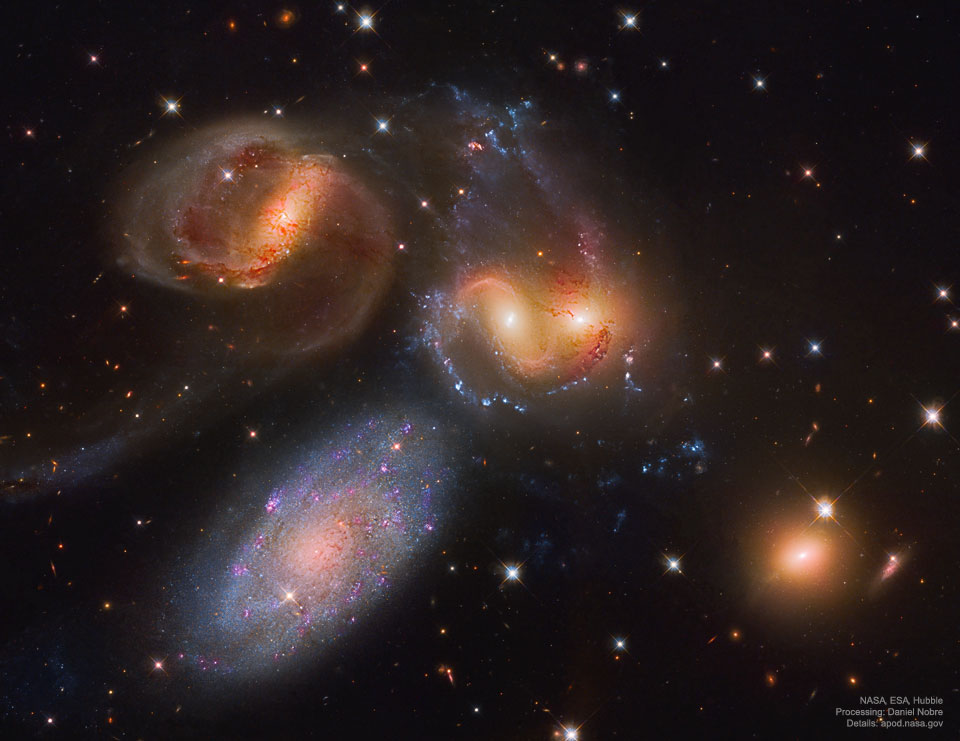
FDA Held its First-Ever Public Hearing on CBD—Here’s What You Need to Know
The U.S. Food and Drug Administration (FDA) held its first-ever public hearing May 31 on CBD in the consumer marketplace. Vermont ice cream makers Ben and Jerry celebrated the hearing by saying the company is, “open to bringing CBD-infused ice cream to your freezer as soon as it’s legalized at the federal level.” Meanwhile, more […]
The post FDA Held its First-Ever Public Hearing on CBD—Here’s What You Need to Know appeared first on CBD Snapshot.
from CBD Snapshot http://bit.ly/2W8E7zE